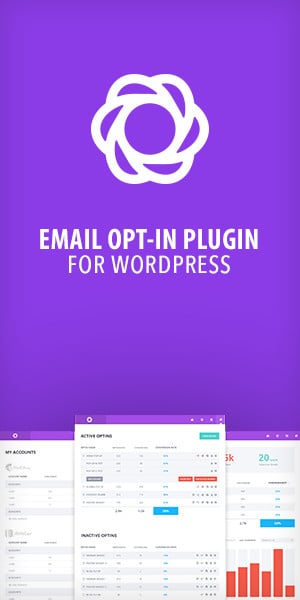1. Keep It Short and Direct
Most email clients display only the first 40–50 characters of a subject line, especially on mobile devices. Aim for clarity and brevity. Focus on one idea, and make every word count.
Example: Instead of “We Have an Exciting New Product Launch You’ll Love,” try “New Product Alert: See What’s Coming.”
2. Create Curiosity—But Stay Honest
Curiosity drives opens, but clickbait damages trust. Tease what’s inside the email without misleading your readers.
Example: “You Won’t Believe What’s Inside” is vague, while “The One Feature Everyone’s Talking About” builds intrigue while staying relevant.
3. Use Personalization and Relevance

Adding a name or referencing past behavior can increase open rates dramatically. Personalization makes emails feel more targeted and valuable.
Example: “John, your weekly SEO report is ready.”
Other personalization methods:
- Mention location: “Events happening near you this weekend.”
- Reference previous actions: “You left something in your cart!”
4. Add Urgency or Exclusivity (When Appropriate)
Limited-time offers encourage immediate action. Use urgency ethically—avoid fake scarcity.
Examples:
- “Last chance to register—spots close tonight.”
- “Exclusive invite: VIP preview ends soon.”
5. Test and Analyze Performance

Even the best copywriters test their subject lines. Use A/B testing to compare variations and identify what resonates with your audience. Track metrics like:
- Open rates
- Click-through rates (CTR)
- Conversions from email links
Continuous testing ensures your emails perform better over time.
Bonus Tip: Avoid Spam Triggers
Words like “FREE!!!” or “Act Now” can send your message to spam folders. Keep your tone natural and avoid excessive punctuation or all caps.
Conclusion
Crafting compelling email subject lines takes practice, creativity, and testing. Focus on clarity, relevance, and emotion to capture attention in crowded inboxes. A great subject line doesn’t just get your email opened—it starts a meaningful conversation with your audience.







